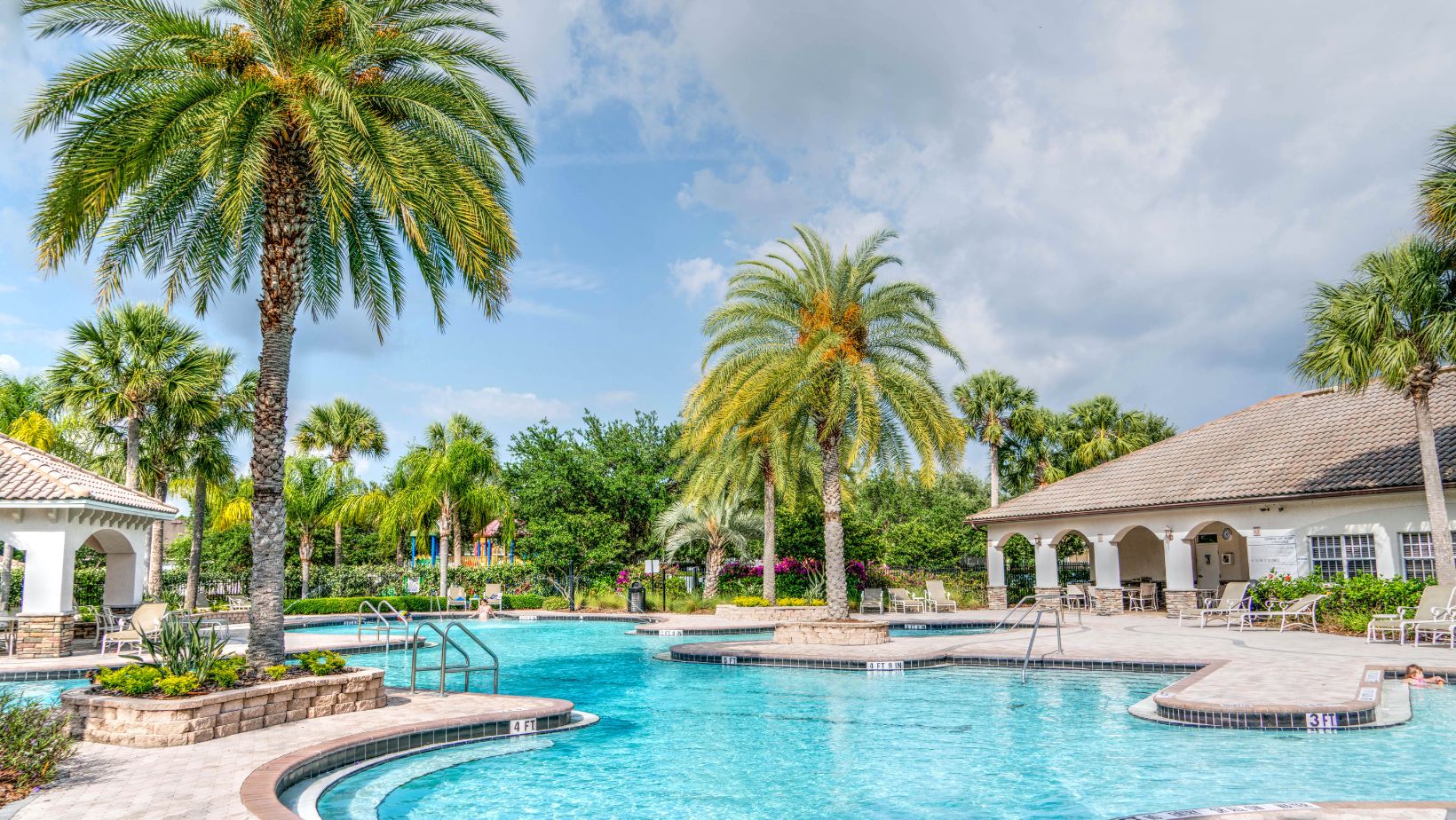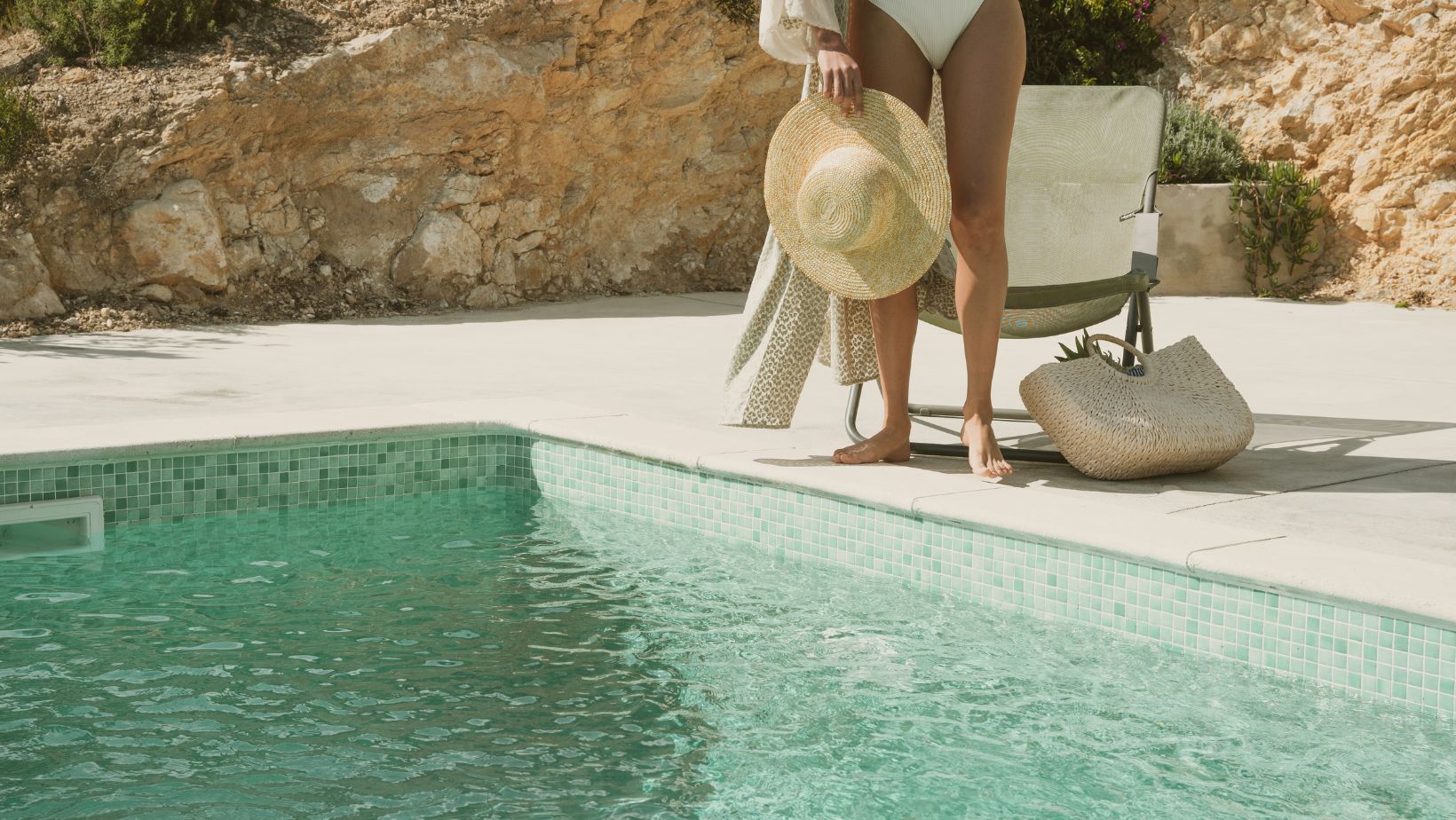
What to Think About Before Putting a Pool in Your Backyard
I. Introduction
Backyard pool installation has surged in popularity recently, especially as more homeowners seek to transform their outdoor spaces into private retreats. From staycations to social gatherings, a pool in your backyard can create a resort-style experience without ever leaving home. This rise in demand has made residential pool installation one of the top renovation projects for property owners looking to increase both enjoyment and value.

However, installing a pool is not a weekend project or a simple add-on. It’s a significant long-term commitment that requires thoughtful planning, financial investment, and ongoing maintenance. A pool isn’t just a water feature—it’s a lifestyle change, and one that comes with its fair share of responsibilities. This makes proper research and preparation essential. Before diving into the pool construction process, it’s important to weigh all the factors that go into it.
II. Planning and Budgeting
Before you get too far into your dream of lounging poolside, take a close look at the pool installation cost. The cost to build a pool can vary widely depending on size, materials, location, and additional features like lighting, heating, or waterfalls. On average, inground pool installation can range from $35,000 to $100,000, with custom designs or luxury finishes pushing the number even higher. It’s crucial to get detailed quotes from contractors and understand what’s included—and what’s not—before moving forward with any pool construction.
While the upfront cost of installing a pool may seem steep, many homeowners view it as an investment in both property value and quality of life. A well-maintained residential pool installation can boost your home’s resale value, especially in warmer climates where outdoor living spaces are in high demand. Beyond the financial aspect, consider the long-term enjoyment and convenience of having your backyard swimming pool. Just make sure to account for ongoing costs like cleaning, repairs, and seasonal maintenance in your budget as well.
Financing your pool is another important piece of the puzzle. If you don’t have the funds available for the full pool installation cost upfront, there are several financing options to explore. Home equity loans, personal loans, or pool-specific financing plans offered by contractors can help spread the cost over time. However, keep in mind that interest and loan terms can add to the total cost of building a pool. Take time to compare lenders and loan structures so you can choose an option that works best for your financial situation.
III. Space and Design Considerations
Not every backyard is created equal, so before you move forward with putting a pool in your backyard, evaluate your space carefully. The size and layout of your yard will directly influence the type of pool that can be installed. For example, if your backyard is small or oddly shaped, certain inground pool installation types like plunge pools or lap pools may be more appropriate. Sloped yards may require additional excavation, retaining walls, or decking, which can increase the pool construction cost significantly.
Choosing the right design also plays a big role in the success of your backyard pool installation. Inground pools come in a range of shapes and finishes, including fiberglass, vinyl, and concrete. Each material has its pros and cons in terms of durability, maintenance, and aesthetic appeal. It’s essential to consider how the pool will blend with your home’s architecture, landscaping, and outdoor furniture. A well-designed pool should feel like a natural extension of your living space, not an afterthought.
When designing your pool, also think about its functionality and how it aligns with your lifestyle. Do you want a shallow lounging area for kids, or a deeper section for diving? Will you use it for exercise, entertaining, or simply relaxing? These questions help determine the layout, depth, and features to include, such as tanning ledges, built-in seating, or water features. A good pool installation guide from a trusted contractor will walk you through all these options so you can make informed decisions that suit your needs and maximize your backyard’s potential.
IV. Practical and Legal Factors
Before the first shovel hits the ground, be aware of the legal and logistical hurdles that come with backyard pool installation. Local municipalities typically require building permits for pool construction, and the approval process can be time-consuming. Permit requirements vary by location and may include structural plans, inspections, and compliance with zoning laws. Ignoring these steps could result in hefty fines, construction delays, or even having to remove a non-compliant pool.
In addition to permits, one of the most overlooked aspects of installing a pool is locating existing utility lines. You’ll need to contact your utility companies or use a service to mark underground lines for gas, electricity, water, and sewage. Digging without this knowledge can lead to costly repairs, service outages, or dangerous accidents. A professional contractor experienced in residential pool installation will typically handle this step, but it’s still your responsibility to ensure it’s done correctly and legally.
Another crucial factor to consider is safety and legal compliance. Most municipalities require pools to be enclosed with fencing that meets specific height and gate requirements. This isn’t just for liability—it’s also for child safety and accident prevention. Additionally, some states or cities mandate the installation of pool alarms or safety covers. Factor these expenses into your pool installation cost and make sure your design plans meet all local codes. A thorough pool installation guide will help ensure you stay compliant and avoid future issues.
V. Conclusion
A backyard pool can be the crown jewel of your outdoor living space, but it’s far from a spontaneous decision. From understanding the full scope of the pool installation cost to navigating legal requirements and design choices, installing a pool requires research, patience, and careful planning. It’s one of the most rewarding home improvement projects you can undertake—but only when you go into it fully informed.

By taking the time to think through all the things to consider before building a pool, you can avoid costly mistakes and ensure a smooth residential pool installation process. Whether you’re dreaming of a minimalist plunge pool or a luxury retreat with all the bells and whistles, following a clear and detailed pool installation guide will help you turn your vision into a reality—one splash at a time.
